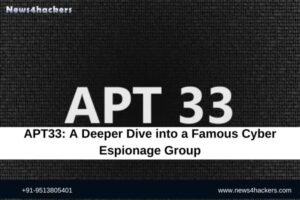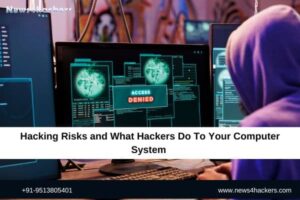What is Cyber Forensics? Tools, Technologies, and Platforms
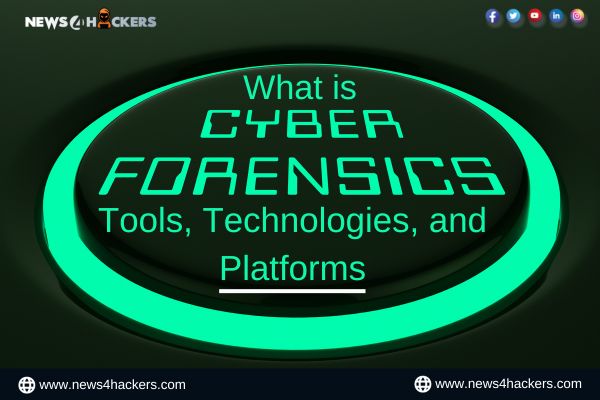
What is Cyber Forensics? Tools, Technologies, and Platforms
Digital forensics, often known as cyber forensics or computer and internet forensics, can be classified into various distinct areas. The available range of services includes database forensics, disk and data capture, mobile device analysis, file and email analysis, and network forensics. Cybersecurity is an intricate and elusive aspect of network security, mostly due to its recent emergence. Prior to the early 1990s, the majority of cyber forensics involved conducting live analysis by physically interacting with the computer via the keyboard. With the development of increasingly sophisticated equipment equipped with intricate features and algorithms, the conventional practice of visually identifying possible risks became outdated. Instead, enterprises now depend on automated technology.

One would mistakenly believe that cyber forensics is now exclusively conducted without the involvement of proficient human analysts; however, this is not true. Network security specialists require a constant influx of new tools, whether they are open source or paid, to effectively combat emerging threats. However, there is a pressing demand for a greater number of highly skilled forensics professionals.

First, let us examine the tools, technologies, and platforms that can be utilized to safeguard your network connections and identify any potential threats. Next, we will analyze the necessity for an increased number of proficient forensic experts, as well as provide guidance on locating the essential resources to initiate your journey into the field of digital forensics.
What is Cyber Forensics?
Cyber forensics refers to the systematic collection and examination of data obtained from a computer or electronic device, with the purpose of providing evidence of a cyber-attack. The primary objective is to detect malware within the software of the device, which may be readily identified through the examination of device endpoints by experts, specifically looking for the presence of incoming and outgoing dangerous files or data.
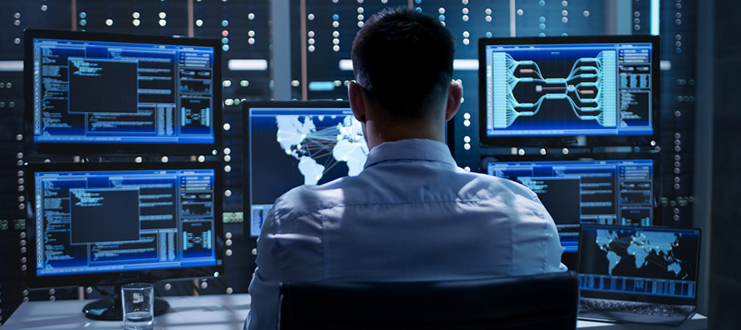
The field of computer forensics plays a crucial role in identifying weaknesses, perpetrators, and instances of denial-of-service attacks. Forensic experts frequently adhere to a very organized procedure in their professional endeavors.
- Create a digital replica of the data being examined to guarantee that no data is lost throughout the investigation procedure.
- Validate and verify the newly generated digital replica.
- Verify the integrity of the data during the copying process and monitor its origin and current storage location. Verifying that the replicated data adheres to forensic standards.
- The objective is to retrieve any destroyed data resulting from the attack and trace these modifications back to their origin, the cyber assailant.
- Employing keywords to expediently search for data that may unveil the identity of the assailant or any concealed malevolent software within the system.
- Produce a comprehensive technical report detailing all discoveries and providing strategies to prevent the recurrence of this problem, drawing upon extensive research.
Internet Forensics Tools
Internet forensics, a subset of digital forensics, encompasses the gathering, examination, and documentation of evidence discovered in computer networks and online platforms to probe cybercrimes or illicit actions.
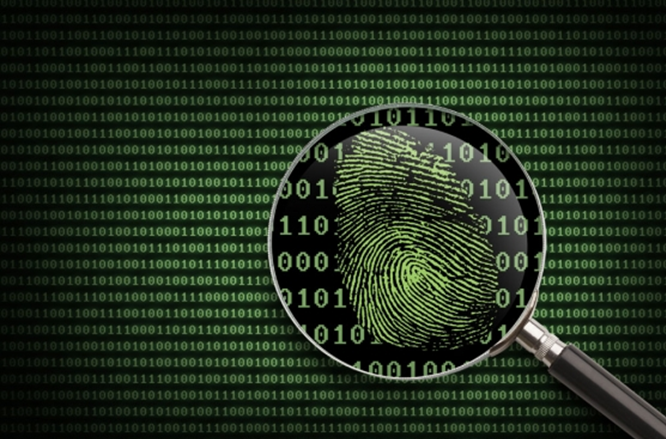
Cybersecurity experts depend on technology to facilitate their investigations, leading to a substantial need for forensic analysis tools. The primary categories of digital forensics tools often encompass:
- Disk Forensic Tools
- Network Forensic Tools
- Wireless Forensic Tools
- Database Forensic Tools
- Malware Forensic Tools
- Email Forensic Tools
- Memory Forensic Tools
- Mobile Phone Forensic Tools
Cyber Forensics Platforms
There are numerous open-source forensics platforms accessible on the internet which may be downloaded easily. Open-source forensics platforms provide an excellent starting point for individuals embarking on their digital forensics journey.

They also serve as a valuable stepping stone towards more robust and sophisticated forensic analysis tools and platforms, offering enhanced features and functionalities. If you are new to this, consider exploring one of these well-regarded, freely available platforms:
| Autopsy | Autopsy is a graphical user interface (GUI) based digital forensic application that is open-source. It is highly effective in analyzing hard drives and cell phones. It is widely used by a large number of users throughout the world for investigating cyber-attacks. |
| Encrypted Disk Detector | Encrypted Disk Detector is a useful tool for verifying the presence of encrypted physical drives. It is compatible with several encryption systems such as TrueCrypt, PGP, Bitlocker, and Safeboot. |
| Wireshark | Wireshark is a network capture and analyzer program that is useful for examining network-related incidents. |
| Network Miner | A network forensic analyzer is a software tool designed for Windows, Linux, and MAC OS X operating systems. Its purpose is to identify the operating system, hostname, active sessions, and open ports on a network. This is achieved by the process of packet sniffing or by analyzing PCAP files. Network Miner presents extracted artifacts in a user-friendly interface. |
To obtain robust and up-to-date internet forensics capabilities, reach out to News4Hackers now to learn more about its authentic Cybersecurity Training programs through its high-end sister vertical — Craw Security, the leading cybersecurity training provider in India.
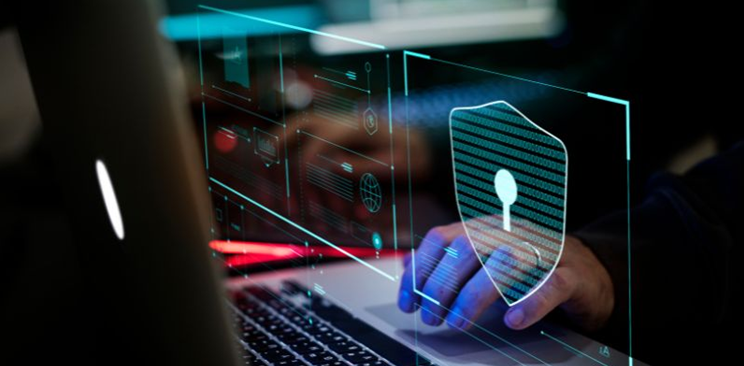
This platform offers superior network detection and response for enhanced protection. Allocating resources towards professional threat-hunting solutions is the most effective approach to prevent falling prey to a cyber-attack. Programs such as Cyber Command have been demonstrated to offer numerous advantages to organizations, including:
- Enhancing security detection and response capabilities by closely monitoring internal network traffic.
- By examining current security incidents and utilizing artificial intelligence and behavioral analysis, all supported by worldwide threat intelligence, we establish connections and patterns.
- Detecting violations of current security measures while impact analysis reveals concealed vulnerabilities within the network.
- The automation and simplification of threat response are achieved by integrating network and endpoint security technologies, specifically NGAF and Endpoint Secure.
Courses in Cyber Forensics
Essential abilities for achieving success as a computer forensics investigator encompass:
- Proficiency in technological skills,
- Paying meticulous attention to small and specific details,
- Proficiency in legal principles and techniques of criminal investigation,
- Proficiency in effective communication and writing abilities,
- Possess a solid understanding of fundamental cyber-security principles.
- Analytical skills,

Owing to significant shortages, many occupations offer substantial remuneration, and the potential for career progression (provided one excels in their role) is virtually limitless. If you already possess these skills in your professional repertoire, you are prepared to go to the subsequent stage of becoming a certified Cyber Forensics practitioner.
1. EC-Council CHFI v10 Training and Certification
The EC-Council’s Computer Hacking Forensic Investigator (CHFI) v10 curriculum is an all-encompassing training and certification program specifically designed to provide IT professionals with the necessary skills and information required for a successful career in the field of cyber forensics. This program emphasizes a comprehensive and systematic method for computer forensics and evidence analysis, which is crucial in combating cybercrime.
Overview of CHFI v10
| Objective | The primary objective of the CHFI v10 program is to provide digital forensics experts with a comprehensive skill set, enabling them to proficiently locate, preserve, analyze, and report digital evidence. |
| Audience | This course is specifically designed for individuals in law enforcement, defense, military, e-business security, systems administration, legal, banking, insurance, and other professions who prioritize network integrity and digital investigations. |
2. Cyber Forensics Investigation by Craw Security
Craw Security, the leading cybersecurity training institution in India offers a decent Cyber Forensics Investigation Course that is offered by well-trained and highly qualified training professionals with many years of quality experience in delivering magnificent training to all the eligible and interested individuals. The training program is duly accredited by FutureSkills Prime, a MeitY — NASSCOM, Digital Skilling Initiative, and approved by the Government of India.
Overview of Cyber Forensics Investigation by Craw Security
| Objective | The main goal of this Cyber Forensics Investigation Training program is to provide digital forensics professionals with a complete range of skills, allowing them to effectively and productively identify, protect, examine, and document digital evidence. |
| Audience | This course is tailored for professionals working in the fields of law enforcement, security, the armed forces, e-business security, systems administration, constitutional, banking, insurance, and other fields that place high importance on network integrity and digital investigations.
Apart from this, any person is willing to learn more about cyber forensics in order to work in the digital forensics department in the near future. |
About The Author:
Yogesh Naager is a content marketer who specializes in the cybersecurity and B2B space. Besides writing for the News4Hackers blog, he’s also written for brands including CollegeDunia, Utsav Fashion, and NASSCOM. Naager entered the field of content in an unusual way. He began his career as an insurance sales executive, where he developed an interest in simplifying difficult concepts. He also combines this interest with a love of narrative, which makes him a good writer in the cybersecurity field. In the bottom line, he frequently writes for Craw Security..
READ MORE ARTICLE HERE



